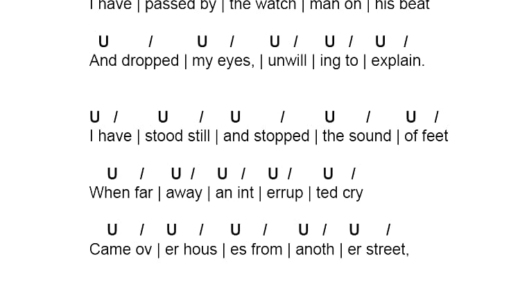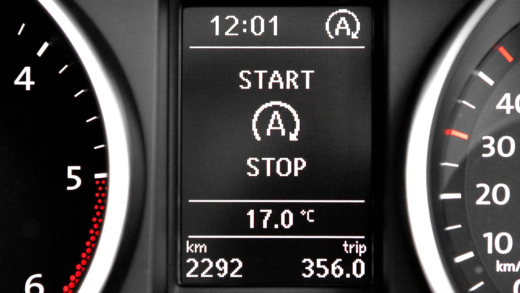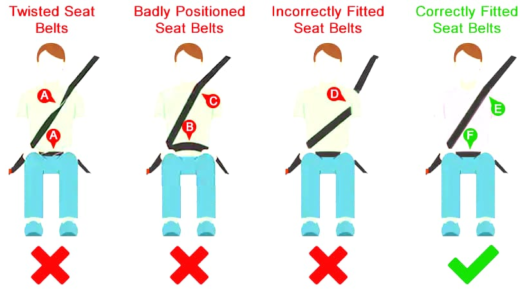The Moose Test is a vital assessment of vehicle safety, originating in Sweden. It evaluates a car’s ability to avoid obstacles, with significant challenges for manufacturers. Vehicles must meet criteria such as quick steering response and stability to pass. Manufacturers adapt designs based on test results, adhering to strict regulations. Compared to other safety tests, the Moose Test focuses on dynamic handling. Drivers can improve performance through proper maintenance and practice.
Moose Test Overview: What Is It?
The Moose Test is a crucial assessment that evaluates a vehicle’s ability to avoid obstacles, mimicking a scenario where a driver must quickly maneuver to avoid hitting a moose. This test is essential for ensuring vehicle safety, as it measures the stability and handling characteristics of cars under sudden evasive actions. The importance of the Moose Test lies in its ability to simulate real-life emergency situations that drivers might encounter on the road.
Origin of the Moose Test: How It All Started
The Moose Test originated in Sweden in the 1970s, primarily to address safety concerns related to the increasing number of accidents involving large animals, particularly moose. The test was developed by Swedish engineers who aimed to create a standardized method for evaluating vehicle stability and handling. It gained global recognition after several high-profile vehicle failures during the test highlighted the importance of rigorous safety standards. As a result, the Moose Test has become an integral part of vehicle safety assessments worldwide.
Challenges Faced by Vehicles During the Moose Test
Vehicles face several challenges during the Moose Test. Firstly, the test requires rapid steering inputs that can expose weaknesses in a vehicle’s suspension and steering systems. Secondly, the speed at which the test is conducted can lead to loss of control, especially for taller vehicles like SUVs. Additionally, factors such as tire grip and weight distribution play significant roles in how well a vehicle performs during the test. Manufacturers must constantly innovate to enhance vehicle stability and handling to meet the demanding criteria of the Moose Test.
The Role of Stability Control Systems in the Moose Test
The Moose Test heavily relies on the effectiveness of stability control systems in vehicles. These systems are designed to help drivers maintain control during sudden maneuvers, which is critical when faced with the unexpected, like a moose crossing the road. Stability control systems use sensors to monitor the vehicle’s movements and automatically apply brakes to specific wheels if they detect loss of traction. This technology can significantly enhance a vehicle’s ability to perform well in the Moose Test.
Key features of stability control systems include:
- Electronic Stability Control (ESC): This system actively helps prevent skidding and loss of control during sharp turns.
- Traction Control: This feature prevents wheel spin during acceleration, which is crucial for maintaining grip in slippery conditions.
- Anti-lock Braking System (ABS): ABS helps prevent wheel lock-up during braking, allowing for better steering control when avoiding obstacles.
Ultimately, vehicles equipped with advanced stability control systems tend to perform better in the Moose Test, showcasing improved handling and stability. As technology advances, manufacturers are continually refining these systems to enhance vehicle safety.
Criteria for Passing the Moose Test
To successfully pass the Moose Test, vehicles must meet specific criteria that assess their handling, stability, and overall safety. The test typically involves a sudden lane change at a set speed, simulating an emergency avoidance scenario. Here are the main criteria:
- Steering Response: Vehicles must exhibit quick and accurate steering responses to sudden inputs without losing control.
- Body Roll: Minimal body roll is essential, as excessive roll can lead to loss of control, especially in taller vehicles.
- Braking Performance: Adequate braking distance during the maneuver is necessary to avoid collisions.
- Stability: The vehicle must remain stable throughout the test, with no tipping or excessive swaying.
Passing the Moose Test is crucial for manufacturers, as it not only reflects the vehicle’s safety but also impacts consumer trust and marketability. Vehicles that fail to meet these criteria may require significant modifications to their design and handling characteristics.
Famous Failures: Cars That Didn’t Make the Cut
Throughout the years, several well-known vehicles have failed the Moose Test, leading to significant scrutiny and redesigns. One notable example is the Mercedes-Benz A-Class, which famously tipped over during the test in the late 1990s. This incident prompted a redesign of the vehicle to enhance its stability and handling.
Other cars that have struggled with the Moose Test include:
- Ford Explorer: Early models faced criticism for their rollover risk, which was highlighted during testing.
- Chevrolet Equinox: Certain versions showed poor stability under rapid maneuvers.
These failures illustrate the importance of the Moose Test in pushing manufacturers to prioritize vehicle safety and stability. After such failures, companies often invest heavily in redesigning vehicles to ensure they meet the demanding standards of the test.
Manufacturer Adaptations After Moose Test Results
The Moose Test has prompted numerous manufacturers to reassess and enhance their vehicle designs. When a model fails this critical safety test, it can lead to significant reputational damage and financial losses. Consequently, manufacturers often implement a series of adaptations to improve vehicle stability and handling.
- Redesigning Suspension Systems: Many manufacturers focus on modifying suspension setups to reduce body roll and improve responsiveness during sudden maneuvers.
- Enhancing Stability Control: Updating electronic stability control systems is common. Manufacturers may fine-tune algorithms to better respond to rapid steering inputs.
- Testing and Feedback Loops: Post-failure, companies often increase testing frequency to gather data and feedback from real-world driving scenarios, allowing them to address specific weaknesses.
These adaptations not only help vehicles pass the Moose Test but also enhance overall safety and performance, ensuring that drivers can confidently navigate emergency situations.
Regulations and Standards in the Moose Test
The Moose Test is governed by a set of regulations that ensure vehicles meet specific safety standards. These regulations are crucial in maintaining consistent testing methods across different manufacturers and models. The key aspects include:
- Standardized Testing Procedures: All vehicles undergo the Moose Test under the same conditions, typically at a set speed and with specific maneuvers.
- Safety Thresholds: There are established thresholds for stability, steering response, and braking performance that vehicles must meet to pass the test.
- Independent Verification: Third-party organizations often conduct tests to verify compliance with safety standards, ensuring unbiased results.
Adhering to these regulations is essential for manufacturers as it helps in building consumer trust and ensuring that vehicles are safe for public use.
Moose Test vs Other Safety Tests
The Moose Test is often compared to other vehicle safety assessments, such as crash tests and braking performance tests. While each test serves a different purpose, the Moose Test focuses on a vehicle’s ability to perform evasive maneuvers, which is not always covered in traditional crash tests. Key differences include:
- Dynamic vs Static Assessments: Unlike crash tests, which are static assessments of impact safety, the Moose Test evaluates dynamic handling capabilities.
- Real-World Application: The Moose Test simulates a real-world scenario that drivers might face, such as swerving to avoid an animal, making it highly relevant for everyday driving safety.
- Complementary Safety Measures: While the Moose Test focuses on maneuverability, other tests assess structural integrity and occupant protection, providing a comprehensive safety overview.
Understanding these differences helps consumers make informed choices about vehicle safety and encourages manufacturers to prioritize various aspects of vehicle performance.
Tips for Drivers: Ensuring Good Performance in the Moose Test
Drivers can take several steps to enhance their vehicle’s performance in the Moose Test conditions, improving safety and handling. Here are some practical tips:
- Maintain Proper Tire Pressure: Ensure tires are inflated to the manufacturer’s recommended levels for optimal grip and handling.
- Regularly Service Suspension: Keep the suspension system well-maintained to handle sudden maneuvers effectively.
- Practice Evasive Maneuvers: Familiarize yourself with how your vehicle responds to quick steering inputs in a safe environment.
- Know Your Vehicle’s Limits: Understanding the handling characteristics of your vehicle can help you react appropriately in emergency situations.
By following these tips, drivers can enhance their vehicle’s ability to navigate challenging situations, ultimately contributing to safer driving experiences.





Comments are closed.